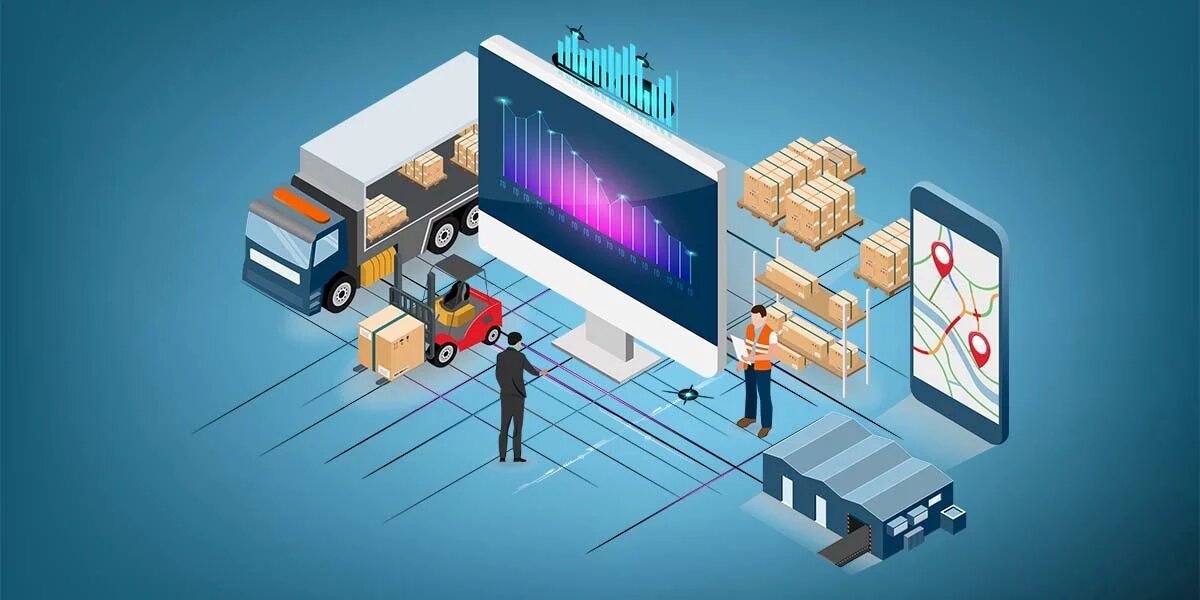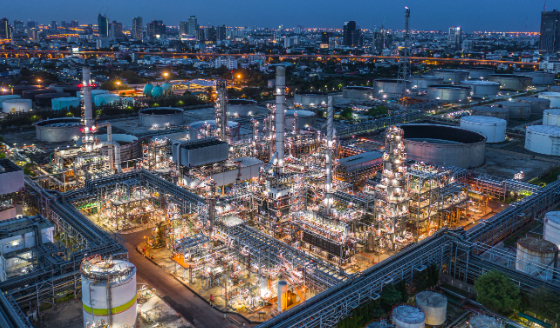6 Logistics Technology Trends to Watch Out for in 2022

It can be difficult to keep up with different technological trends in the digital age, especially since there seems to be something new at every single turn. Businesses must be on their toes and know the latest advancements that can help them become more competitive.
Trends such as machine learning, artificial intelligence, the internet of things (IoT), blockchain technology, and supply chain integration can be quite useful in ensuring that you are ahead of the pack. It’s now become more essential than ever to be aware of these logistics trends given that consumers demand more from businesses in terms of real-time communication, technology, and delivery speeds.
Why Keeping Up with Transportation and Logistics Trends Matter
Advanced technological solutions have affected all industries, especially the logistics sector. Consumers nowadays are technologically savvy, and this, in turn, makes them demand more from businesses. They want quick shipping, real-time visibility, flexibility, and great customer service. Falling behind technological trends is not an option for businesses, as consumer demands can only be fulfilled with the help of logistics technology. Companies that evolve with technology are the only ones that will survive in the long-run.
What Are the Logistics Technology Trends to Watch out for in 2022?
Digital technology adoption accelerated in 2020 and 2021 as the COVID-19 pandemic continued to influence everything from e-commerce to the global supply chain.
A McKinsey Global Survey of executives showed that COVID-19 response hastened the adoption of digital technologies relating to customer and supply-chain interaction as well as internal operations by three to four years. As we’ve seen throughout 2021, many of these changes are for the long haul. Many companies that implemented short-term solutions to meet new demands have kept up a rapid rate of change in responding to the “new normal.”
The logistics industry wasn’t spared from having to adapt quickly. Digitization and last mile software are proving efficient tools for B2B delivery operations, B2C businesses, carriers, shippers, and so on. Here are the logistics technology trends that will shape the industry in 2022 and beyond.
Automation
On-demand deliveries were already on the rise even before the pandemic, forcing businesses to make major changes including automation. The COVID-19 pandemic accelerated the need for automation in 2020 and 2021 as businesses across industries are finding ways to minimize face-to-face interactions.
Automation in distribution centers or warehouses pertains to anything from process automation to physical automation. Some of the usual warehouse automation includes digitization of manual processes, pick-to-light systems with operators using barcodes to scans and LED lights indicating the number of items for pick-up and their destination, and autonomous mobile robots working inside warehouses.
Businesses will continue to automate many of their processes at varying levels depending on their warehouse or distribution center sizes as well as volume and types of orders they regularly fulfill.
Blockchain Technology
Many tend to associate blockchain with cryptocurrency, but the application of this technology goes beyond that. Blockchain’s decentralized digital ledger is capable of improving transparency for consumers, providing them with a chance to track the entire journey of their orders. It also makes audits more transparent and improves security by revealing attempted frauds.
A smart contract is one application of blockchain in the logistics sector. Smart contracts let distribution firms reduce red tape, automate the entire procurement process, and remove human error. A blockchain-based system also saves companies money and time, as it eliminates manual paperwork. This makes the coordination of documents easier.
Artificial Intelligence and Machine Learning
There’s no doubt that artificial intelligence (AI) and machine learning (ML) have been playing significant roles in the transformation of the transportation and logistics sector. The large flow of data coming from the supply chain is now commonly being utilized and analyzed to spot trends in the supply chain so logistics firms can make necessary changes in their organizations.
The use of AI and ML to identify every link within the supply chain is set to continue. AI, when used for decision-making in the supply chain, reduces human error. AI in warehouse management makes the planning process much easier by speeding up analysis time.
Likewise, demand prediction is much easier despite having to factor in multiple demand-influencing considerations and past experiences, as AI will compile all reliable prognosis quickly. Last mile logistics analysis and optimization, supplier selection, and workforce planning are processes powered by AI and ML. In short, AI and ML offer visible results and are useful tools in solving some of the most complex issues in logistics.
AI and ML are also being used for supply chain predictive analytics and are techniques that are grabbing the attention of industry players. They are helpful in demand forecasting of products so logistics companies can optimize the use of their warehouse by segregating low demand products from high demand goods.
Internet of Things (IoT)
IoT is transforming all aspects of our lives. In logistics, expanding IoT results in the growth of various connections between goods, packaging, transportation hubs, and vehicles. It offers more data that helps in managing assets remotely, predicting risk, ensuring proper cargo handling, and forecasting traffic congestion. IoT when combined with blockchain technology may offer end-to-end visibility of packages.
Transportation Management Systems (TMS)
TMS systems are growing in popularity especially among logistics firms. And rightly so given that many technological tools require proper organization and management in one common center. TMS is being used to manage carriers and optimize route automation. It is useful for tracking delivery drivers in real-time, lowering freight expenses, increasing transparency, and improving overall customer satisfaction scores.
All industries are undergoing a digital transformation at a faster pace than expected. A majority of companies may not have been prepared to make a quick digital transition when the pandemic struck, but they nevertheless adopted logistics technologies as quickly as possible in response to the challenges brought by the pandemic. For the logistics sector, quality, speed, and integration are necessary to keep everyone in the value chain satisfied. Logistics companies have their work cut out for them as they can only remain competitive by keep up with technological trends even as we make our way into 2022.
Source : dispatchtrack.com



